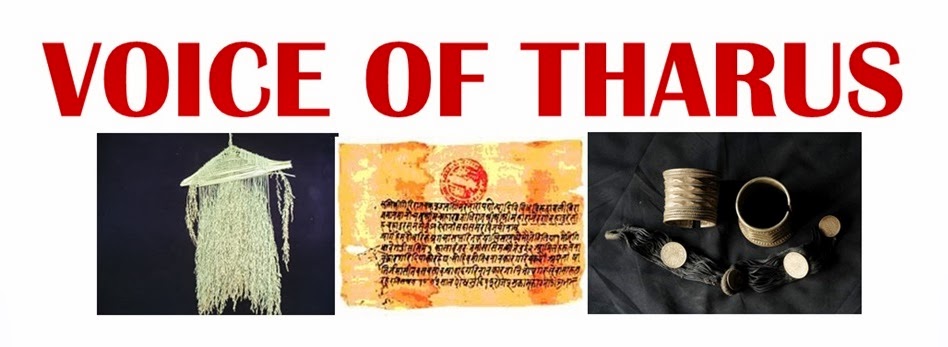The Chinese and Japanese had been releasing ducks in their rice fields since 1000 and 500 years respectively. In Nepal, the Tharus had been grazing ducks in the paddy fields since ancient times.
However, “It was not systematic,” says Krishna Chaudhary, a member of Paribartan Dhan Hans Palan Samuha, a group involved in rice-duck farming in Kathar of Chitwan.
Rice duck integrated farming uses the symbiotic relationship between rice and ducks to give a farmer better productivity.
The ducks eat away the pests and weeds from the rice fields and in return ensure better growth of rice plants by stimulating them with their beaks and paddling. The duck droppings act as organic fertiliser.
Ram Lal Chaudhary, a member of Gunastariya Dhan Hans Palan Samuha, another group in Kumrose Village Development Committee of Chitwan, says, “I did not use any chemical fertiliser and pesticides in my paddy field but my neighbour did so three times in a single cultivation period.” “The ducks eat away the unwanted insects like drosophila and mosquito in the evening.”
From rice duck farming, the farmers harvest organic rice that commands a better price in the market. At the end, the ducks can be sold in the market and the farmers can thus earn more income.
To know more about the benefits of rice duck farming, read an Op-Ed that Menila Kharel and I wrote in The Kathmandu Post (published on 23 June 2015).
However, “It was not systematic,” says Krishna Chaudhary, a member of Paribartan Dhan Hans Palan Samuha, a group involved in rice-duck farming in Kathar of Chitwan.
Rice duck integrated farming uses the symbiotic relationship between rice and ducks to give a farmer better productivity.
The ducks eat away the pests and weeds from the rice fields and in return ensure better growth of rice plants by stimulating them with their beaks and paddling. The duck droppings act as organic fertiliser.
Ram Lal Chaudhary, a member of Gunastariya Dhan Hans Palan Samuha, another group in Kumrose Village Development Committee of Chitwan, says, “I did not use any chemical fertiliser and pesticides in my paddy field but my neighbour did so three times in a single cultivation period.” “The ducks eat away the unwanted insects like drosophila and mosquito in the evening.”
From rice duck farming, the farmers harvest organic rice that commands a better price in the market. At the end, the ducks can be sold in the market and the farmers can thus earn more income.
To know more about the benefits of rice duck farming, read an Op-Ed that Menila Kharel and I wrote in The Kathmandu Post (published on 23 June 2015).

